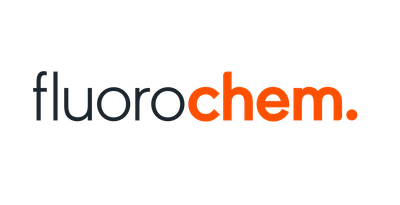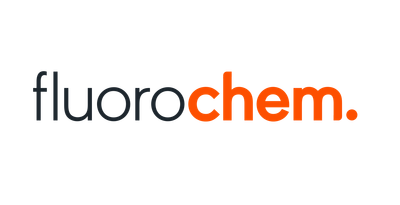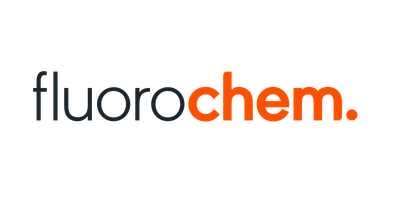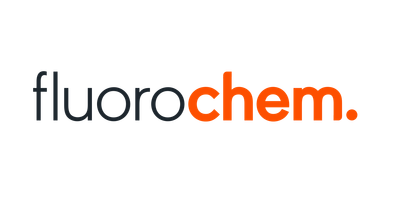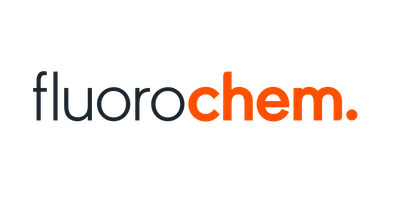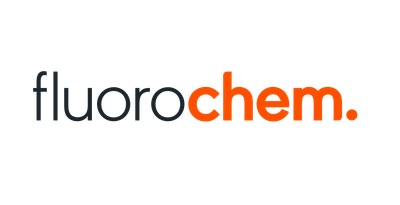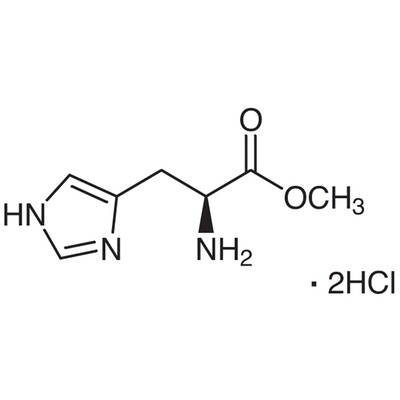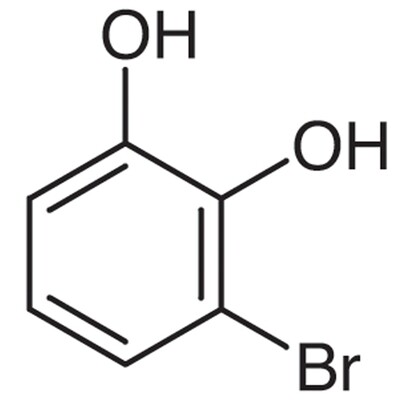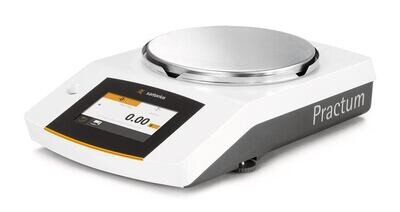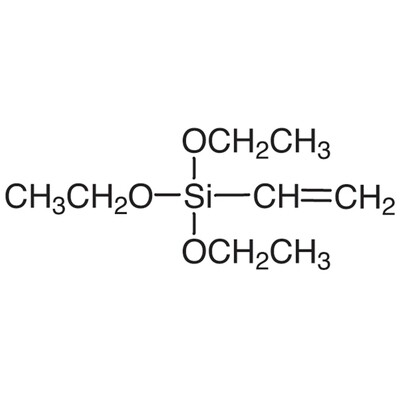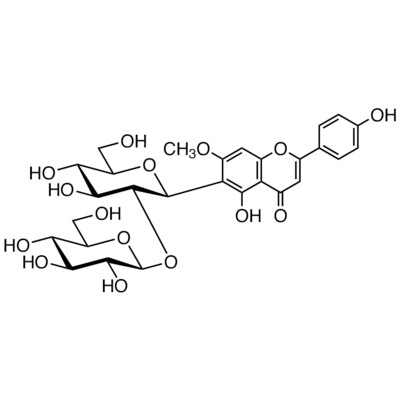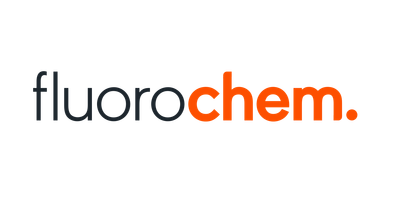Catalase
Catalase ≥11 700 U/mg material (approx. 40 000 U/mg protein)
One unit (U) is defined as the amount of enzyme that catalyzes the decomposition of one µmole of hydrogen peroxide per min at pH 7.0 and 25 °C.
Enzyme: a neoclassical, Greek artificial word ενζυμου, énzymon, derived from εν-, en- (in-) and ζυμη, zýmé (yeast, sourdough, archaic)
Ferments: comes from the Latin fermentum (ferments, sourdough)
There are six classes in which all enzymes are classified according to the particular reaction they catalyse:
• Oxidoreductases (catalyse redox reactions)
• Transferases (transfer functional groups among substrates)
• Hydrolases (cleave bonds via addition of water)
• Lyases/Synthases (cleave or synthesise complex products out of basic substrates without cleavage of ATP)
• Isomerases (transform chemical isomers)
• Ligases/Synthetases (cleave or synthesise complex products out of basic substrates via cleavage of ATP)
Enzyme: a neoclassical, Greek artificial word ενζυμου, énzymon, derived from εν-, en- (in-) and ζυμη, zýmé (yeast, sourdough, archaic)
Ferments: comes from the Latin fermentum (ferments, sourdough)
There are six classes in which all enzymes are classified according to the particular reaction they catalyse:
• Oxidoreductases (catalyse redox reactions)
• Transferases (transfer functional groups among substrates)
• Hydrolases (cleave bonds via addition of water)
• Lyases/Synthases (cleave or synthesise complex products out of basic substrates without cleavage of ATP)
• Isomerases (transform chemical isomers)
• Ligases/Synthetases (cleave or synthesise complex products out of basic substrates via cleavage of ATP)
| Appearance | brown/green material |
| Activity | ≥11700 U/mg substance |
